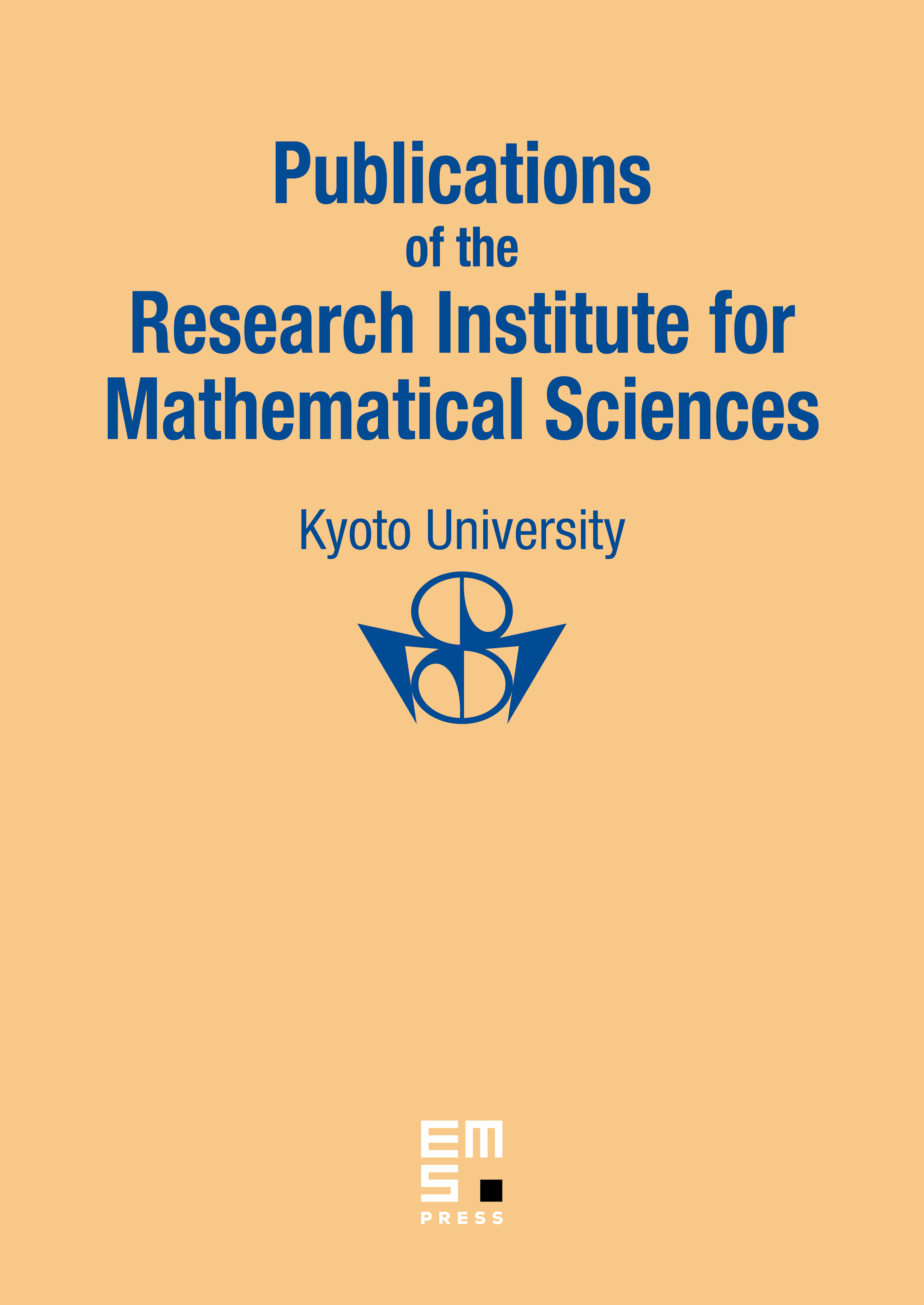The Heat Semigroup on Configuration Spaces
Yuri Kondratiev
Universität Bielefeld, GermanyEugene Lytvynov
Universität Bonn, GermanyMichael Röckner
Universität Bielefeld, Germany

Abstract
In this paper, we study properties of the heat semigroup of configuration space analysis. Using a natural “Riemannian-like” structure of the configuration space over a complete, connected, oriented, and stochastically complete Riemannian manifold of infinite volume, the heat semigroup was introduced and studied in [J. Funct. Anal. 154 (1998), 444-500]. Here, is the Dirichlet operator of the Dirichlet form over the space , where is the Poisson measure on with intensity —the volume measure on . We construct a metric space that is continuously embedded into . Under some conditions on the manifold , we prove that is a set of full measure and derive an explicit formula for the heat semigroup: , where is a probability measure on for all , . The central results of the paper are two types of Feller properties for the heat semigroup. The first one is a kind of strong Feller property with respect to the metric on the space . The second one, obtained in the case , is the Feller property with respect to the intrinsic metric of the Dirichlet form . Next, we give a direct construction of the independent infinite particle process on the manifold , which is a realization of the Brownian motion on the configuration space. The main point here is that we prove that this process can start in every , will never leave , and has continuous sample path in , provided . In this case, we also prove that this process is a strong Markov process whose transition probabilities are given by the above. Furthermore, we discuss the necessary changes to be done for constructing the process in the case . Finally, as an easy consequence we get a “path-wise” construction of the independent particle process on from the underlying Brownian motion.
Cite this article
Yuri Kondratiev, Eugene Lytvynov, Michael Röckner, The Heat Semigroup on Configuration Spaces. Publ. Res. Inst. Math. Sci. 39 (2003), no. 1, pp. 1–48
DOI 10.2977/PRIMS/1145476147